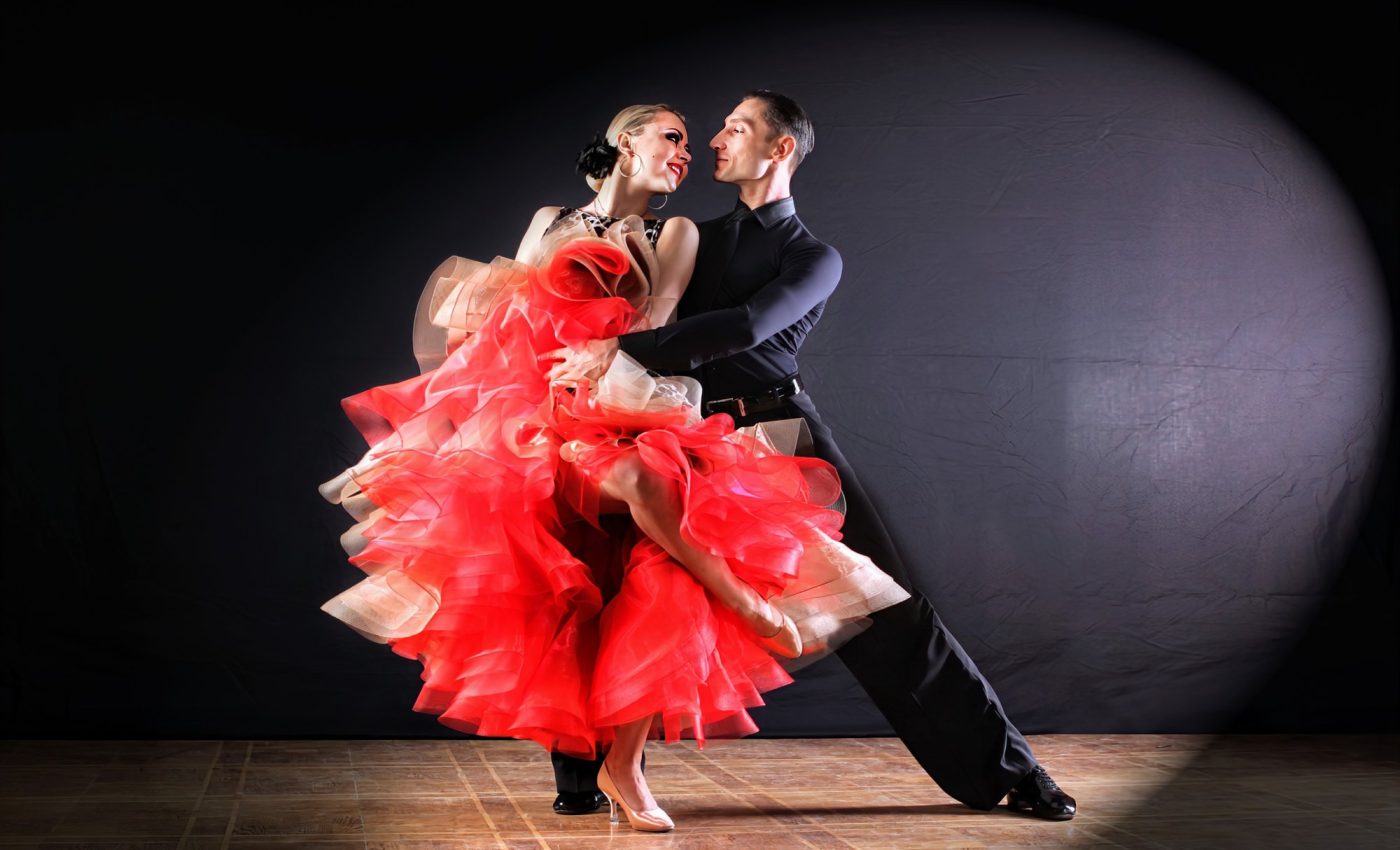
The secret to synchronized dance movements
Have you ever wondered how large crowds dance in perfect unison at concerts or how everyone seems to move to the same rhythm in nightclubs? The secret to synchronized dance movements, according to a new study, is quite simple: bouncing.
The research, coming from the Istituto Italiano di Tecnologia (IIT), or the Italian Institute of Technology in Rome, has unearthed a fascinating fact.
Bouncing, a basic movement, has been identified as a key factor facilitating synchronization among people dancing together.
This intriguing discovery might be tied to the bouncing movement that humans experience as infants, linked to the rhythm of a mother’s walk.
What drives synchronized dancing?
The study, led by Giacomo Novembre of the Center for Life Nano- & Neuro-Science of IIT in Rome, engaged 35 pairs of individuals. Each pair was asked to dance spontaneously while listening to music under various conditions.
The participants listened to the same or different tunes through earphones while maintaining or avoiding eye contact.
The focus was to understand what drives people to synchronize their dance movements: the sight of their partner, the rhythm of the music, or both.
The findings of this intriguing research were published in the international journal Current Biology.
Unraveling the dance movements
The participants engaged in a “silent disco” mode, standing a few meters apart on their designated spaces.
Their movements were meticulously recorded via wearable markers on the main joints, providing data for a sophisticated optical motion capture system equipped with infrared cameras.
The researchers used a fully data-driven algorithm to decompose complex dance movements into 15 distinct “dance steps,” explaining over 95% of recorded movements.
Music and partner-driven dance movements
The study identified two main ways to synchronize in dance: “music-driven” and “partner-driven.” The former involves synchronization based on the rhythm of the music, regardless of the partner’s movements.
Conversely, the partner-driven mode refers to synchronizing movements solely based on observing the partner’s movement.
According to the research, both modes can coexist and even work simultaneously without interference, leading to the fascinating phenomena observed in group dances.
The music-driven synchrony often incorporates anterior-posterior movements, while the partner-driven synchrony includes lateral movements common in face-to-face dances.
Universal dance step: Bouncing
Among all the dance steps observed, one unique movement stood out: bouncing. This movement involves jumping up and down repeatedly in tune to the music. The universality of this movement lies in its ability to synchronize through both channels – music and partner.
Interestingly, bounce movement was found to be amplified when the participants could see each other.
“Vertical movements such as bounce are the most effective for achieving synchronization with other people, through both visual and auditory modes,” noted Giacomo Novembre, the principal investigator.
The unique role of the bounce in rhythmic coordination might stem from early human life. As infants, the rhythm of their mother’s walk is one of the first experiences of synchronized movement.
This notion is supported by study first author Felix Thomas Bigand, a postdoctoral researcher at IIT in Rome. Bigand suggests that bounce and locomotion, which are among the first isochronous signals experienced by humans, could be the fundamental elements facilitating synchronization in dance.
Social context and synchronized dancing
In addition to physical movements and music, social context plays a significant role in how individuals synchronize their dance. Research indicates that emotional connection and social bonding can enhance the synchronization experience.
When dancers share a positive emotional state, whether through laughter, shared enjoyment of the music, or mutual encouragement, their ability to synchronize improves significantly.
As dance continues to evolve across cultures and settings, understanding the interplay between movement, music, and social dynamics will be crucial.
This knowledge not only enriches our appreciation of dance as an art form but also highlights its potential as a tool for social cohesion and emotional expression.
The study of dance synchronization opens doors to exploring how humans connect with one another, making every dance floor a stage for both individual expression and collective harmony.
The research is published in the journal Current Biology.
—–
Like what you read? Subscribe to our newsletter for engaging articles, exclusive content, and the latest updates.
Check us out on EarthSnap, a free app brought to you by Eric Ralls and Earth.com.
—–













